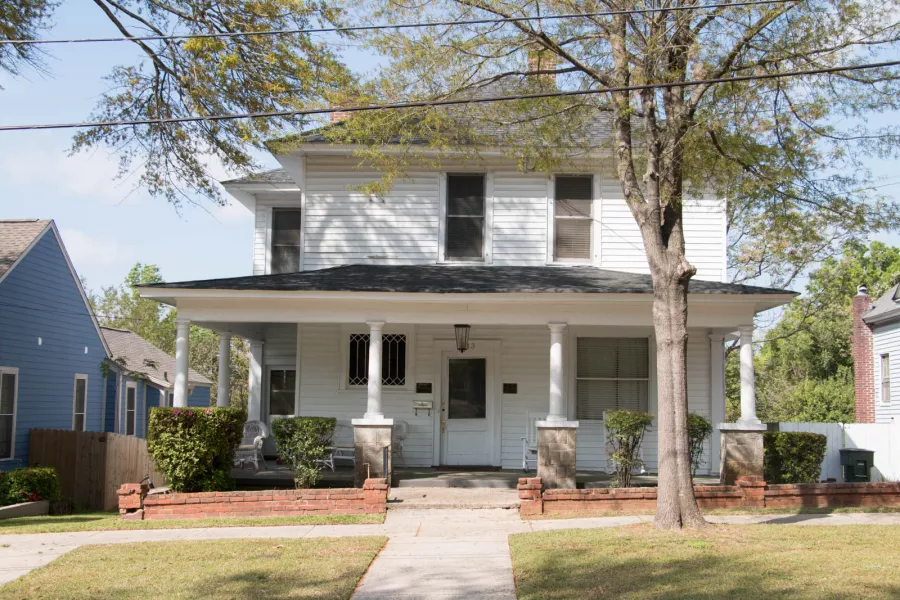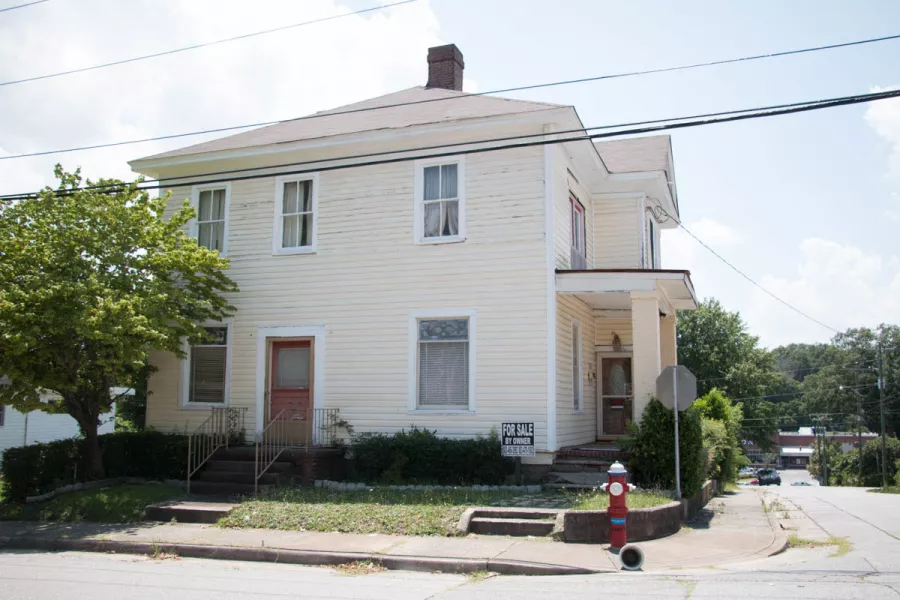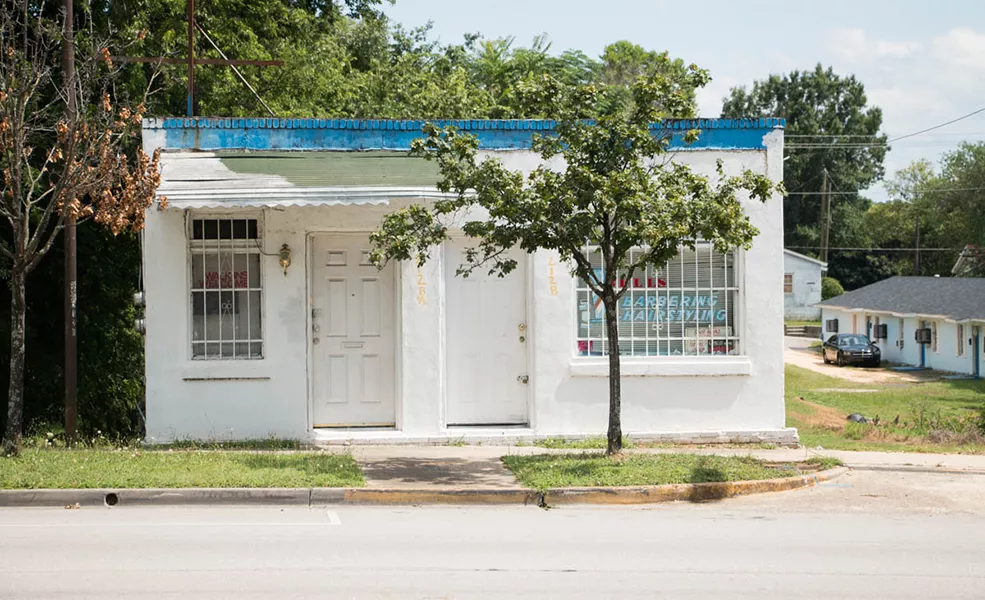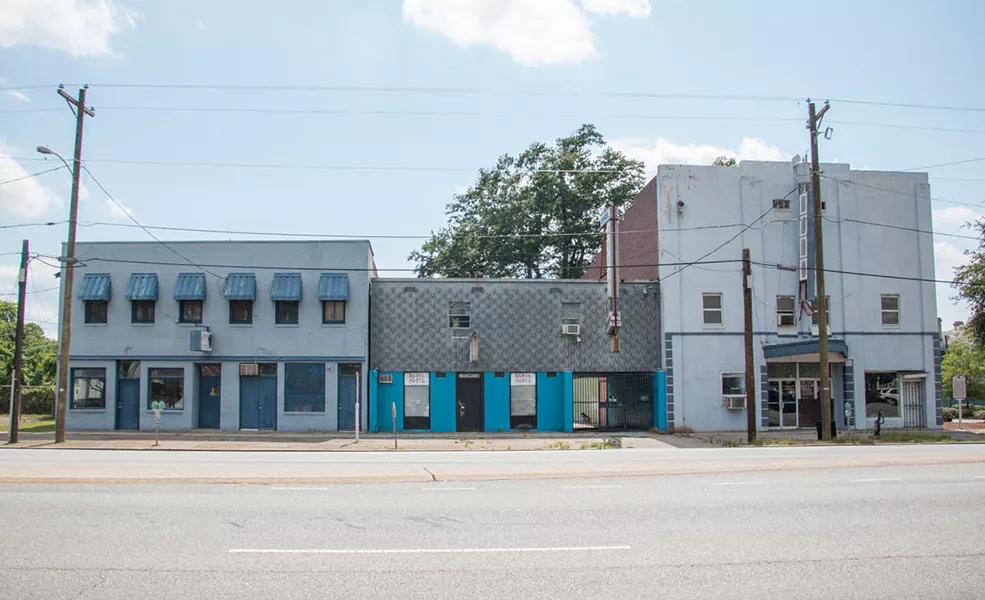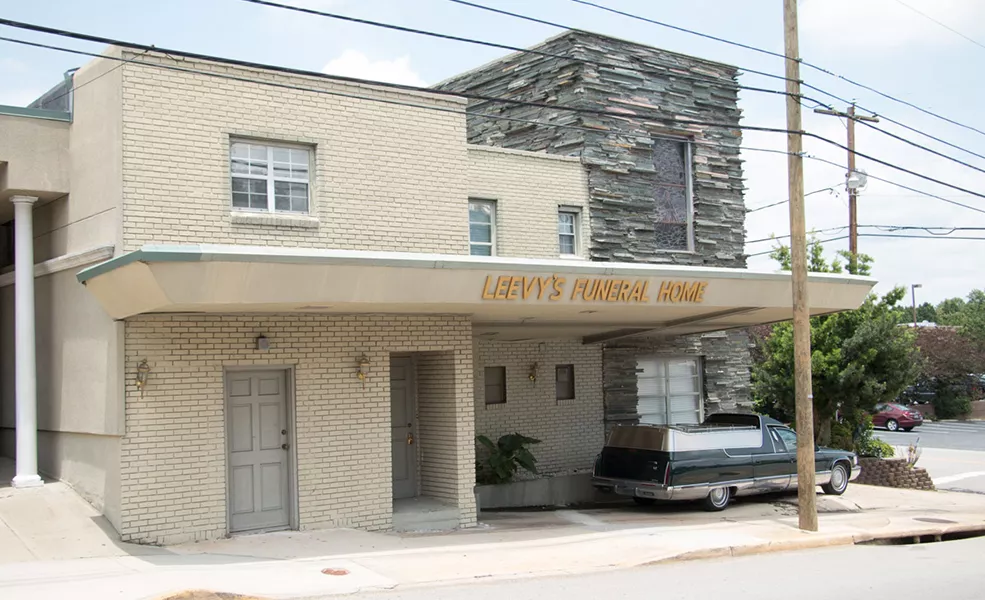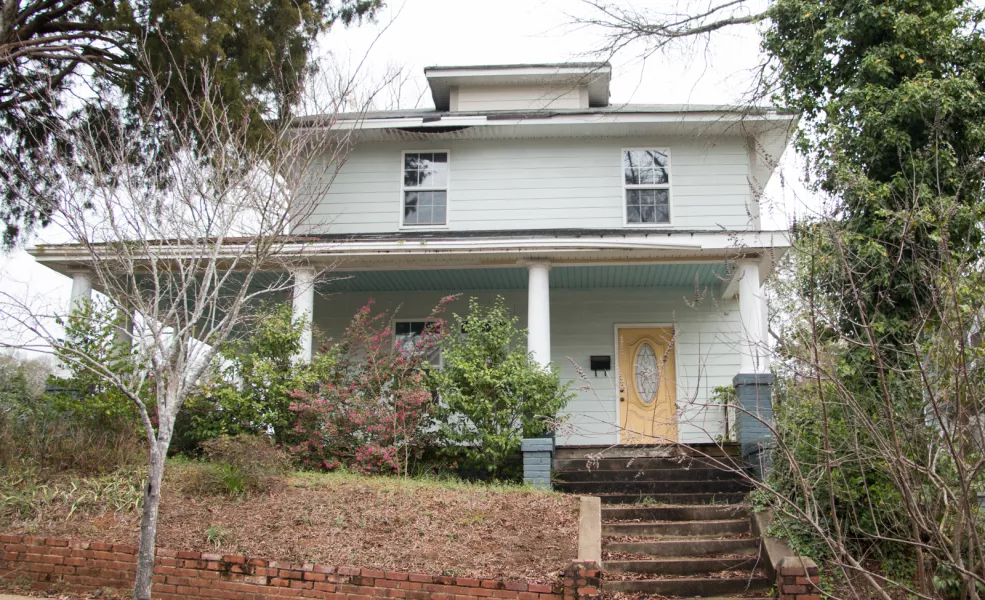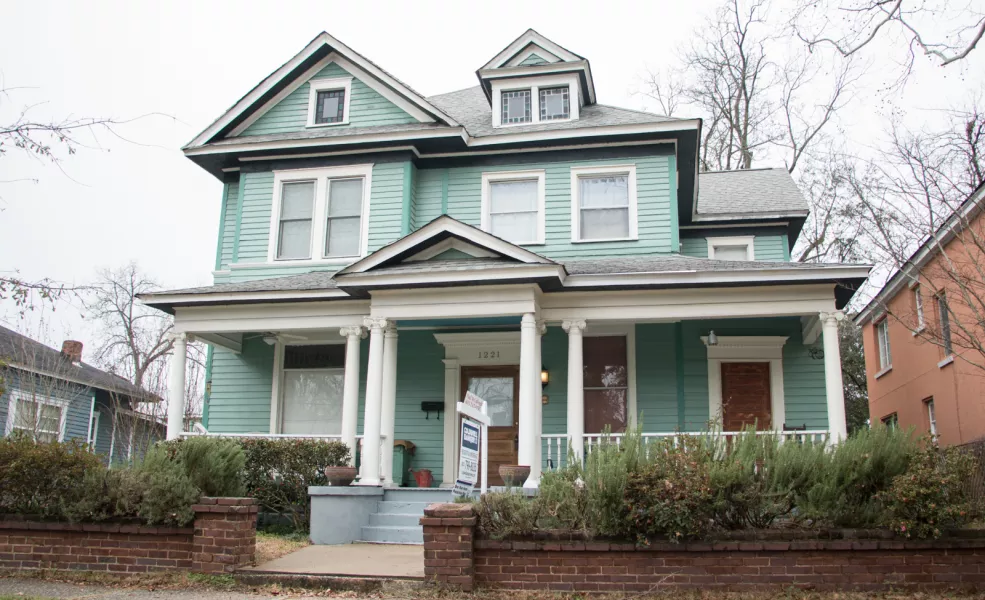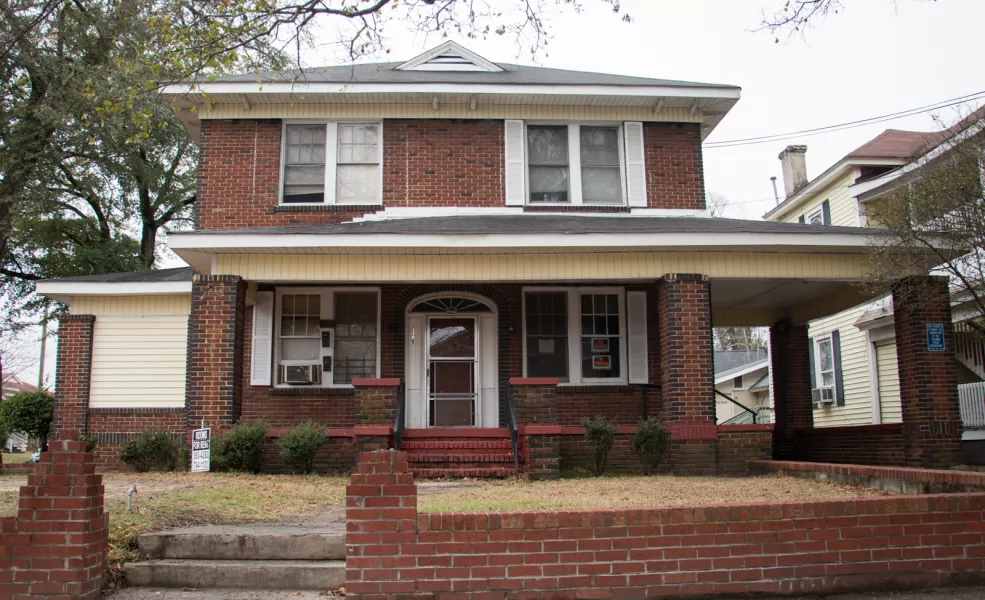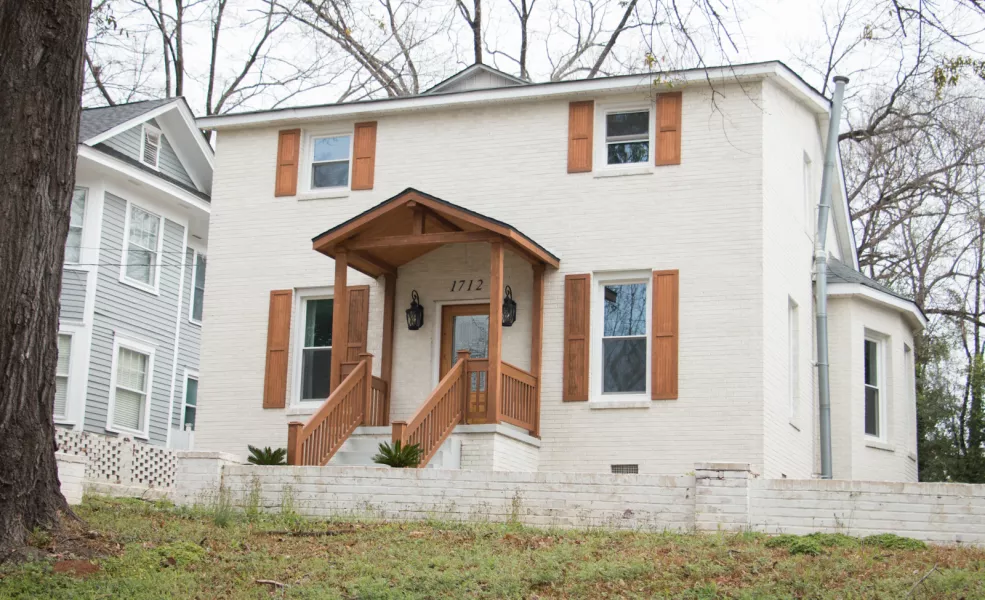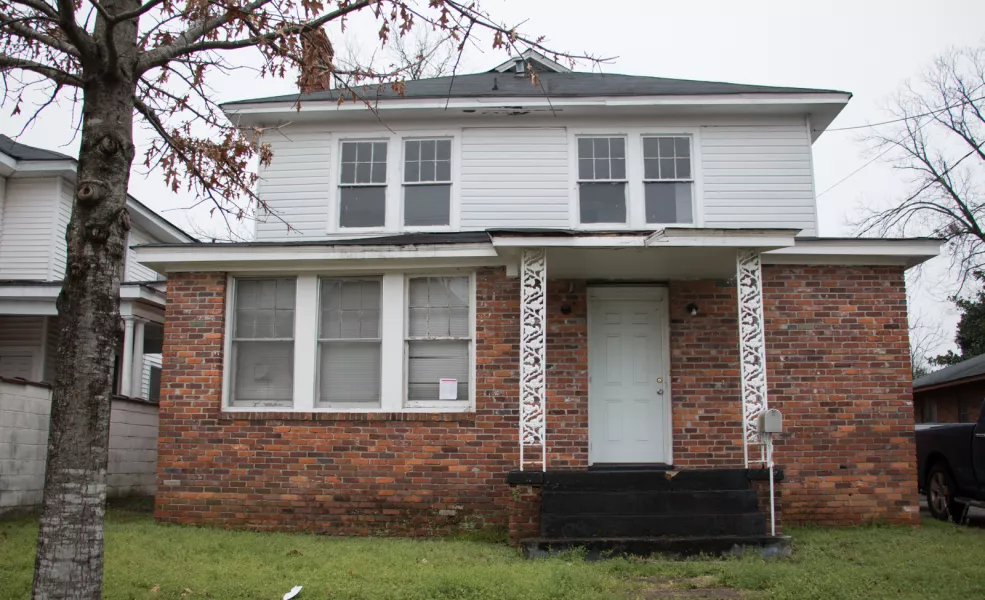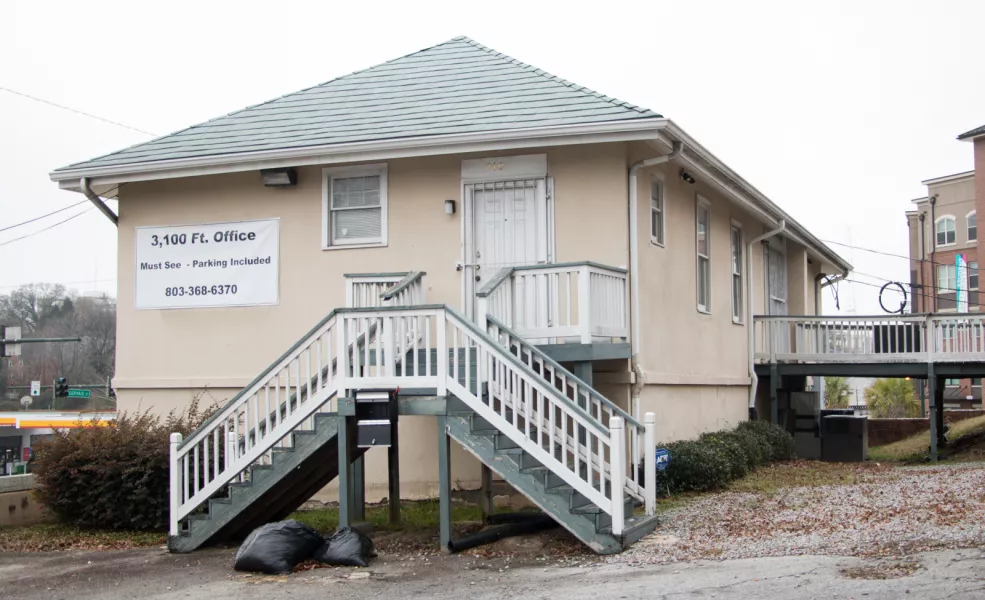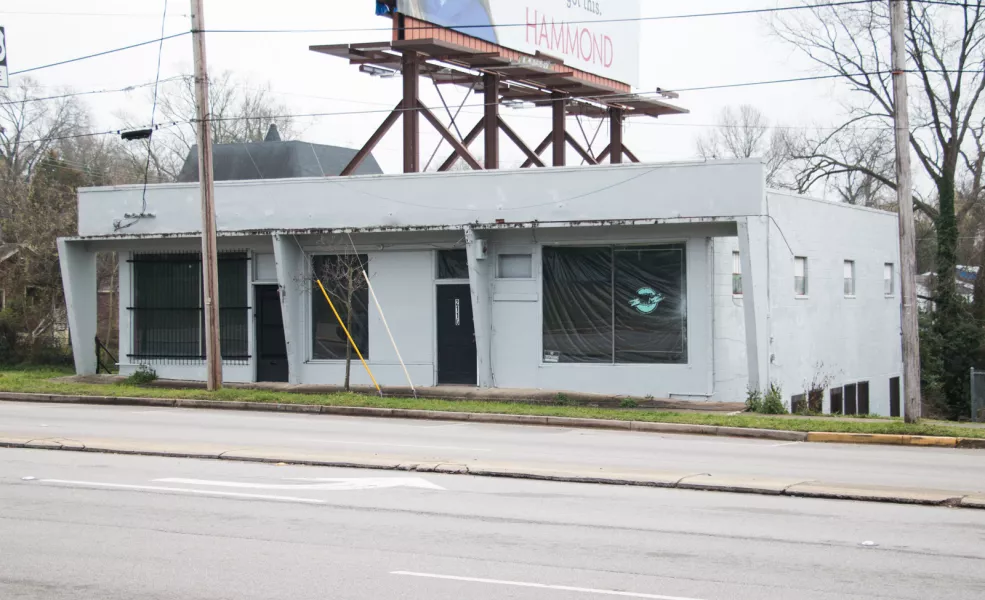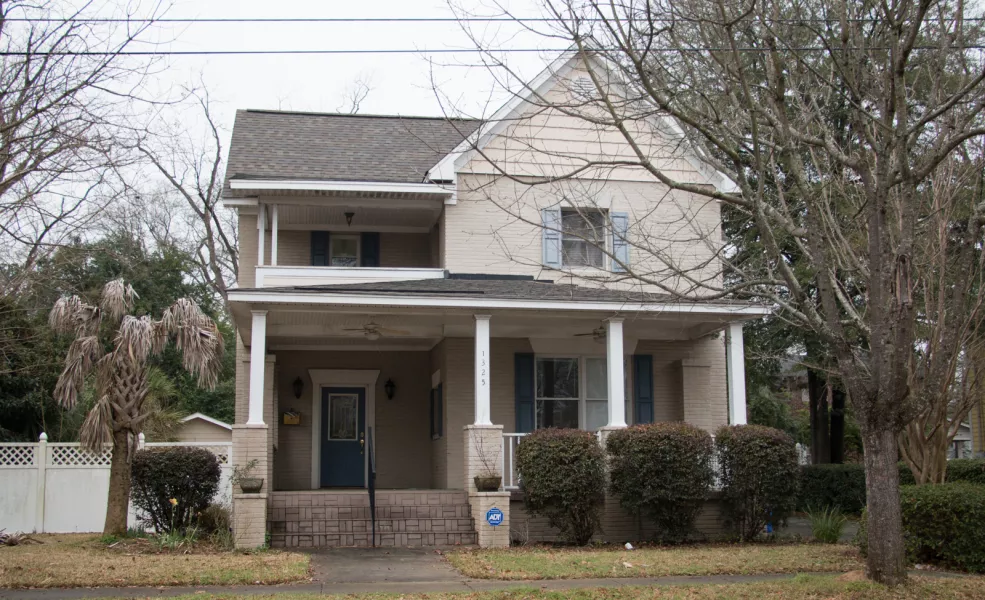Columbia's Green Book Sites
Columbia's Green Book Sites
Discover the places featured in the premier guidebook for African American travelers.
Victor H. Green established the "Negro Motorist Green Book" in 1936 with the aim of gathering and disseminating "facts and information connected with motoring, which the Negro Motorist can use and depend upon."
The Green Book, as it was commonly called, helped African American tourists navigate what was, according to distinguished historian Gretchen Sorin, "an uncertain landscape" that was "composed of white spaces where black people were forbidden or unwelcome." These spaces existed throughout the United States and included white-owned hotels, restaurants, and service stations as well as "sundown towns," where black travelers were not physically safe to stop, even briefly, after dark. Without a guidebook to plan their trip, these motorists could easily find themselves in dangerous circumstances.
"It's important for everyone in this nation to examine the significance of the Green Book. If you don't see the history, if you don't see where it was, how can you say it happened?" — Dr. Henrie Monteith Treadwell
The guide's first edition, issued in 1937, only listed sites in New York, but it proved so popular that by the following year it included all "States east of the Mississippi River." Later years featured sites in most states and even expanded to locations outside the United States. It also added other types of businesses, including beauty parlors, drug stores, nightclubs and service stations. Although other similar guides existed, including the "Go Guide to Pleasant Motoring," only the Green Book was published with regularity. After Victor retired in 1952, his wife, Alma Green, assumed editorial duties and issued new editions until 1966.
Watch: Director Yoruba Richen, Carol Jenkins, Dr. Henrie Treadwell and Brent Leggs of the National Trust discuss the Smithsonian Channel documentary, The Green Book: Guide to Freedom, on the Today Show.
Preservation Efforts
Through neglect and purposeful demolition, many Green Book sites—both iconic and unassuming—are now lost. Today, approximately 25% of Columbia's sites still stand, although many are in need of protection and restoration. These places and the stories they tell about Jim Crow laws, segregation, economic freedom, and grassroots activism are an integral part to the city's history. Follow Historic Columbia's ongoing effort to document and preserve them for future generations.
The below listings are based on the Green Books digitized by the Schomburg Center for Research and Black Culture as well as other editions held in various academic libraries. Historic Columbia hopes to include data from the 1941-1946 and 1958 Green Books soon.
Hotels & Motels
- Community Center, 831 Hampton Street (1947-1950) – demolished
- Taylor’s Hotel, 1016 Washington Street (1938-1941, 1947) – demolished
- YWCA, 1429 Park Street (1941, 1947-1957) – demolished
- YWCA, 230 Taylor Street (1959-1967) – demolished
- Hotel Nylon, 918 Senate Street (1948-1957, 1959-67) – demolished
- Motel Simbeth, US-1 eight miles north of Columbia (1956-57, 1959-61) – demolished
Tourist Homes
- Beachum Tourist Home, 2212 Gervais Street (1947-57, 1959-67) – demolished
- Mrs. W.D. Chappelle Tourist Home, 1301 Pine Street (1938-40, 1947-57, 1959-67) – extant
- College Inn Tourist Home, 1609 Harden Street (1941, 1947-49, 1951-57, 1959-67) – demolished
- Mrs. H. Cornwell Tourist Home, 1713 Wayne Street (1938-40, 1947-57, 1959-67) – extant
- Mrs. Irene B. Evans Tourist Home, 1106 Pine Street (1954-57, 1959-67) – demolished
- Mrs. T. H. Pinckney Tourist Home, 1406 Park Street (1938) – demolished
- Mrs. S.H. Smith Tourist Home, 929 Pine Street (1939-40, 1947-57, 1959-67) – extant
- Mrs. B. Vincent Tourist Home, 1712 Wayne Street (1938-40) – extant
- Mrs. J.P. Wakefield Tourist Home, 1323 Heidt Street (1938-40, 1947-50) – extant
- Mrs. J.P. Wakefield Tourist Home, 816 Oak Street (1951-57, 1959-67) – extant
Restaurants
- Blue Palace, 1001 Washington Street (1948-55) – demolished
- Brown’s, 1014 Lady Street (1947-54) – demolished
- Cozy Inn Restaurant, 1509 Harden Street (1947-57, 1959-67) – extant
- Green Leaf Restaurant, 1117 Washington Street (1939-41, 1947-57, 1959-67) – demolished
- Magnolia, 2108 Gervais Street (1947-50) – extant
- Mom’s, 1005 Washington Street (1947-55, 1957, 1959-67) – demolished
- Savoy Restaurant, Old Winnsboro Street (1947-57, 1959-67) – demolished
- Treye’s, 2103 Gervais Street (1947-48) – extant
- Waverly, 2515 Gervais Street (1947-55, 1957, 1959-67) – demolished
- White Way, 2330 Gervais Street (1947-51) – demolished
Beauty Parlors
- Amy’s, 1125 1/2 Washington Street (1947-55)– demolished
- Obbie’s, 1119 1/2 Washington Street (1947-55) – demolished
- Morgan’s, 2342 Washington Street (1948-50) – demolished
- Mme. Peters, 1906 Blanding Street (1939-41) – demolished
- Ruth’s, 1221 Pine Street (1939-41) – extant
- Workman’s, 1825 Taylor Street (1950-55) – demolished
Barber Shops
- Holman’s, 2103 Gervais Street (1939-41) – extant
- Holman’s, 2138 Gervais Street* (1948-55) – extant
- Stratfords, 1003 1/2 Washington Street (1948-51) – demolished
Beauty Schools
- Madare Bradley**, 2228 Hampton Street (1948-55) – extant
- Poro, 2481 Millwood Avenue (1948-55) – demolished
Taverns
- College Inn, 1609 Harden Street (1939-40) – demolished
- Taylor’s, Broad River Road (1947-52) – unknown
- Mrs. I. Goodum***, 922 Harden Street (1947-50) – unknown
- Savoy Club, Highway 12 (1948-52) – unknown
- Moon Glow, 1005 Washington Street (1948-55) – demolished
Nightclubs
- Chauffer’s, 2314 Pendleton Street (1947-50) – demolished
Road Houses
- Macks, 1110 Harden Street (1947) – demolished
Service Stations
- A.W. Simkins, 1331 Park Street** (1939-41, 1947-55) – demolished
- Caldwell’s, Oak & Taylor Streets (1947-54) – demolished
- Waverly, 2202 Taylor Street (1948-55) – demolished
- Leevy’s, 1831 Taylor Street (1950-55) – extant
- Waverly, 2200 Taylor Street (1939-41, 1947) – demolished
Garages
- Johnson’s, 1609 Gregg Street (1947-48) – unknown
Drug Stores
- Count’s, 1105 Washington Street (1939-41, 1947-55) – demolished
- Thomas’ Drug Store, 1531 Harden Street (1939-41) – demolished
Taxi Cabs
- Black Diamond, Washington Street (1939-40) – unknown
- Blue Ribbon, 1072 Washington Street (1939-41, 1947) – demolished
- Blue Ribbon, 1024 Washington Street (1948-55) – demolished
*2128 Gervais Street
*Mrs. Mamie Bradley
**Mrs. Lula Goodwin
Contact Us
Do you have more information about a Green Book site in Columbia? Please contact Katharine Allen, Research & Archives Manager, at 803.252.1770 x 37 or kallen@historiccolumbia.org.
Learn More
The Green Book Documentary
Curious about the history of the Green Book and its most prominent sites? Check out The Green Book: Guide to Freedom, a documentary on Victor Green's revolutionary guide and its impact on the Civil Rights era.
